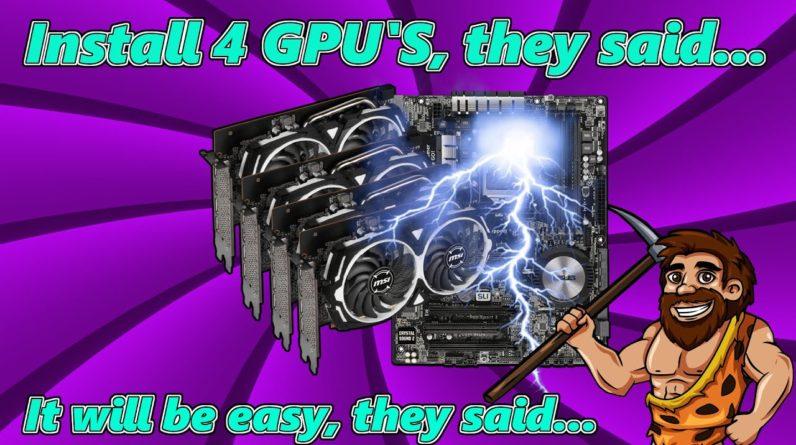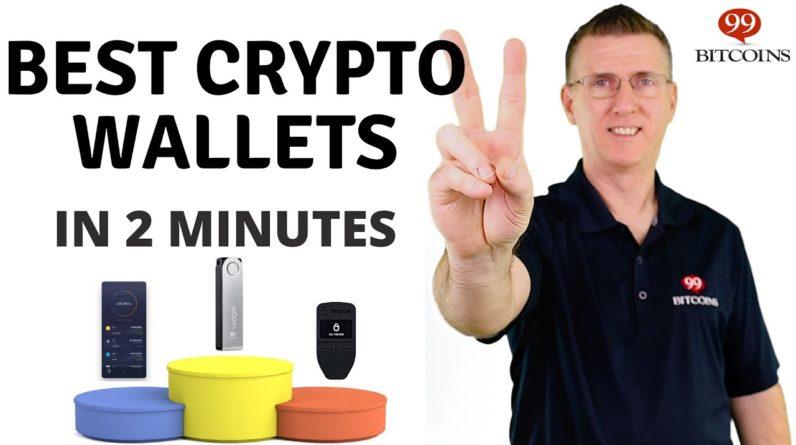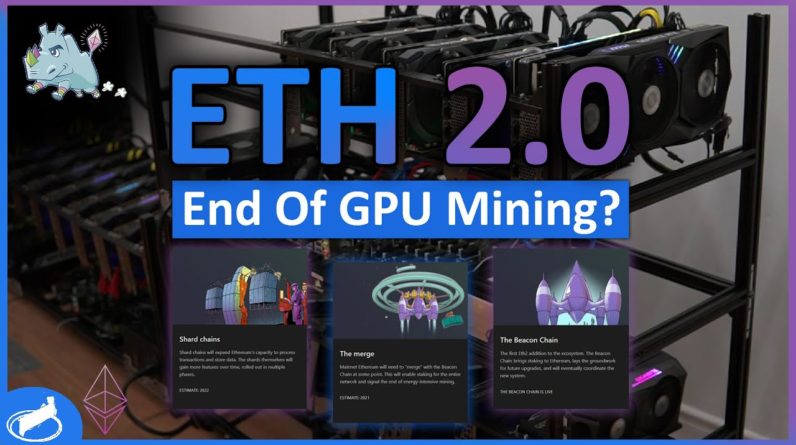In this video, I'm going to show you how people are making from 21 to $48 a day in cryptocurrency completely passively. The cool thing about all of this is that you can start earning starting from today right after you finish this video. I've been doing this personally for the past 40 days or so, and I'll be sharing my results by the end of this video, and I'll teach you how to do it as well. So as you probably know, people make money through mining cryptocurrencies. There are basically three ways to mine cryptocurrency.
The most known and profitable way is GPU mining, or at least is the one we're going to be talking about today. GPU mining is basically using the graphics cards to solve equations, and the way you earn cryptocurrency is actually a complex process that I'm not going to get into explaining right now. But what you need to know is that mining Ethereum is actually the most profitable right now. You can't mine Bitcoin anymore and mining Ethereum pays you the most. First, let me show you how much you can earn every day if you start mining from today. And then we'll talk about the core of this video. So let's assume you have $10,000 that you want to buy a mining rig with.
If we take a look at the RTX 3080 graphics card on eBay, we'd see that the price is roughly $1200 So with $10,000, you can buy about 8 RTX 3080s Keep in mind that the 3080 isn't necessarily the best GPU to use for mining, but this is just a rough estimate. If I go to whattomine.com we can actually calculate how much power these GPUs produce. What the site tells us is that we can earn about $26 a day from mining Ethereum with 8 GPUs, and that's after paying for the power. So if you manage to keep the mining rig running for 24 hours, you can make $26 a day, $806 a month and $9,672 a year. So it'll take you about a year to get your $10,000 back. And after that, you're pretty much getting everything you're earning from the mining rig and you'll still have the GPUs to sell possibly if you decide to.
I don't know who's going to buy those, but. Okay, so now you might be asking, "but dude, $806 a month without doing anything?" "That sounds too good to be true." And I'm sorry to inform you that it kind of is. The problem with this is that Ethereum is going to switch from proof of work to proof of stake in a couple of months. Currently, Ethereum runs in a proof of work mechanism. It means that in order for Ethereum to work, in order for the transactions to be verified on the blockchain, people have to come with computing power and verify them, basically. And that's where miners come in. Miners are basically solving equations and coming with computer power to verify these transactions. And that's how proof of work works.
But about a year ago, the creator of Ethereum said that Ethereum is going to become Ethereum two. Ethereum 2.0 is going to be run by a proof of stake mechanism. What this basically means is that you won't be able to mine Ethereum anymore. The creator of Ethereum thinks that this is going to be a lot better for the coin and the technology and also for the environment. But that's definitely not his main motive. So remember how proof of work demanded a lot of computing power in order for the transactions to be verified? Well, in proof of stake, the mechanism demands the people to have amounts of Ethereum for the transactions to be verified.
And this is an oversimplification of the process. What you need to know is that you can stake your Ethereum right now and you can tell how much you can make. The current APR are with Ethereum staking is 4.5%. So remember how if you had $10,000 you would make around $9,672 by mining Ethereum? Well, with staking Ethereum and the 4.5%, Now, granted, just because Ethereum changed to proof of stake instead of proof of work doesn't mean you can't mine other coins, which is going to be good news for people who already have a mining rig. But it might not be great news for people who just started investing in mining rigs because once Ethereum changes to 2.0, people are going to start mining other coins and it's going to drastically increase the difficulty of mining those coins. So it's going to reduce the profitability by a lot. I mean a lot. So here's where the project that I'm really excited about comes in. Cubo money or Cubo money? I don't know how to spell it.
Cubo is a node project. Now, I don't want to talk too much about nodes and miners and the difference between them and how the blockchain works. What you need to know is that the Cubo node promises stable returns if you invest in it. The way that works is that you pay a specific amount for a specific node from a specific list. That's a lot of specifics and based on which node you got, you get paid daily. So for example, you can earn about $3 a day completely passively by paying $400 or $21 a day for $2,000. Now, I have to say, it's very similar to staking or buying a mining rig and mining with it, but it's also completely different. This is not mining. So this is a huge disclaimer. This is not mining and it could be dangerous, but I'll show you how to minimize the risk.
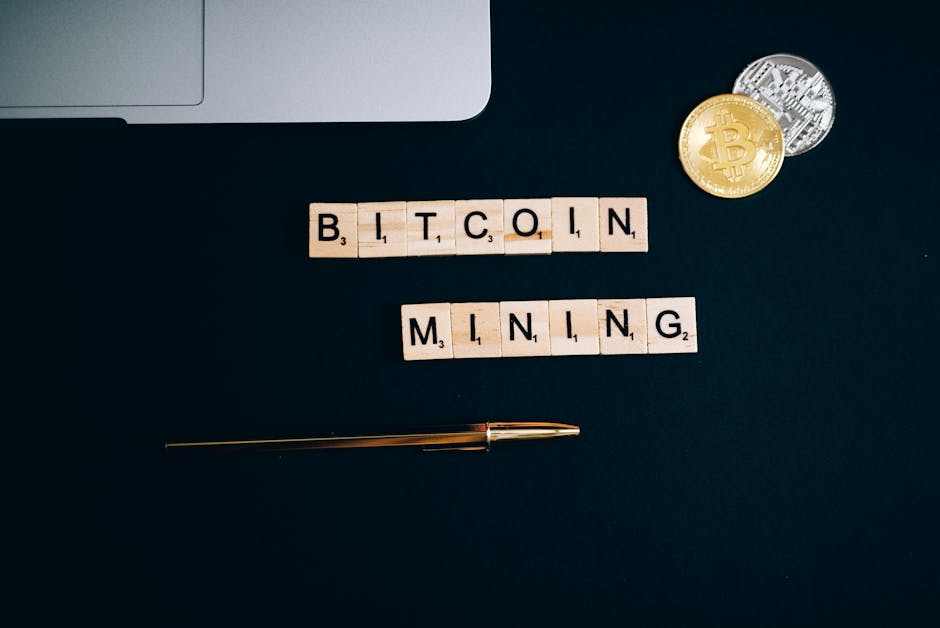
So the way this works is by you purchasing cubo and then buying a node with it that generates a certain amount of Cubo for you everyday to claim and then exchange for Ethereum or Bitcoin. So if we go to that cubo.money site, we can see their options. The cheapest option would be Panck Cubo and the investment gets higher with higher returns the more we go down until we reach Giga Cubo. As of the making of this video, one Cubo is about $3 So for example, if we wanted to get into the project for the cheapest price possible, we can buy a 25 Cubo for $75 and then you have to pay $25 in DAI which is another coin that basically guarantees the project sustainability in a way.
I don't want to get into too much detail. I want you guys to go on the site and do your own research. Don't invest until you are sure. Completely. I just want to show you the project and how much I've earned. Although you can make a lot of money, you can also lose money even though this is a great project so far. The lead developer and owner is known and he's doxxed and he's been on interviews and he's even published his address and CV online and it is secure and all. And there are anti-rug measurements taken. This is a crypto project and there is always risk. Anyways, back to the main page. You can basically by 25 Cubo and 25 DAI for $100 and get 0.1 Cubo The more expensive a node you buy the more ROI percentage that you get every day. So for example, the nano cubo is four times the price of a planck tube, but it offers ten times the earnings that you get every day.
So let's assume you want to invest $410 into the project and you buy a nano cubo. You will get about 30 cubo every month, which is currently about $93, which means you'll get your initial investment in five months and then start earning after that. And in one year, if the Cuban price remains the same, you'll be making $1,135, basically almost tripling your initial investment. But that's the big disclaimer. This is cryptocurrency and Cubo price might go up or it might go down. And this will be a good time to show you my earnings. I got into this project somewhere in March and I went with a Femto Cubo node but it is hugely important to note that when I got into the project when Cuba was about $18, so the node costed me about $850, and it was supposed to earn me $162 a month and 19, $171 a year.
But because the Cuban price went down, since my initial investment, my node is currently only making me $328 a year. Now this can change with time. On one side, this is really bad because I paid a lot of money and I'm not getting the ROI that I expected. But on the positive side, the price of entry is a lot lower, especially for the nodes that bring a higher ROI. For example, if I wanted to get the ROI of the mini Cubo a month ago, I would have had to pay $4,500.
But now I can get the ROI of the mini Cubo for $750. And if I wanted to get into the Cubo project just to see how it feels, just to test things out, I would have paid $475 an hour, costs $100. Now, whether you decide whether this is a good idea or a bad one, in my opinion, depends on whether or not Cuba will go up in price or plummet to the ground. And that is dependent on the management of the project and the roadmap and the things that they're planning to do.
Even though the current state, my investment, isn't as I expected it to be, that doesn't mean that the Cuba won't recover after the team has implemented changes. But before you put any amount of money into this project, I want you guys to study it really well and do your own research. Once again in this video, I didn't tell you where Cuba generates the money and how its economics work. I am not a financial advisor. I'm just sharing my own experience and documenting the process. Subscribe if you want to make money. Subscribe if you want to make money..
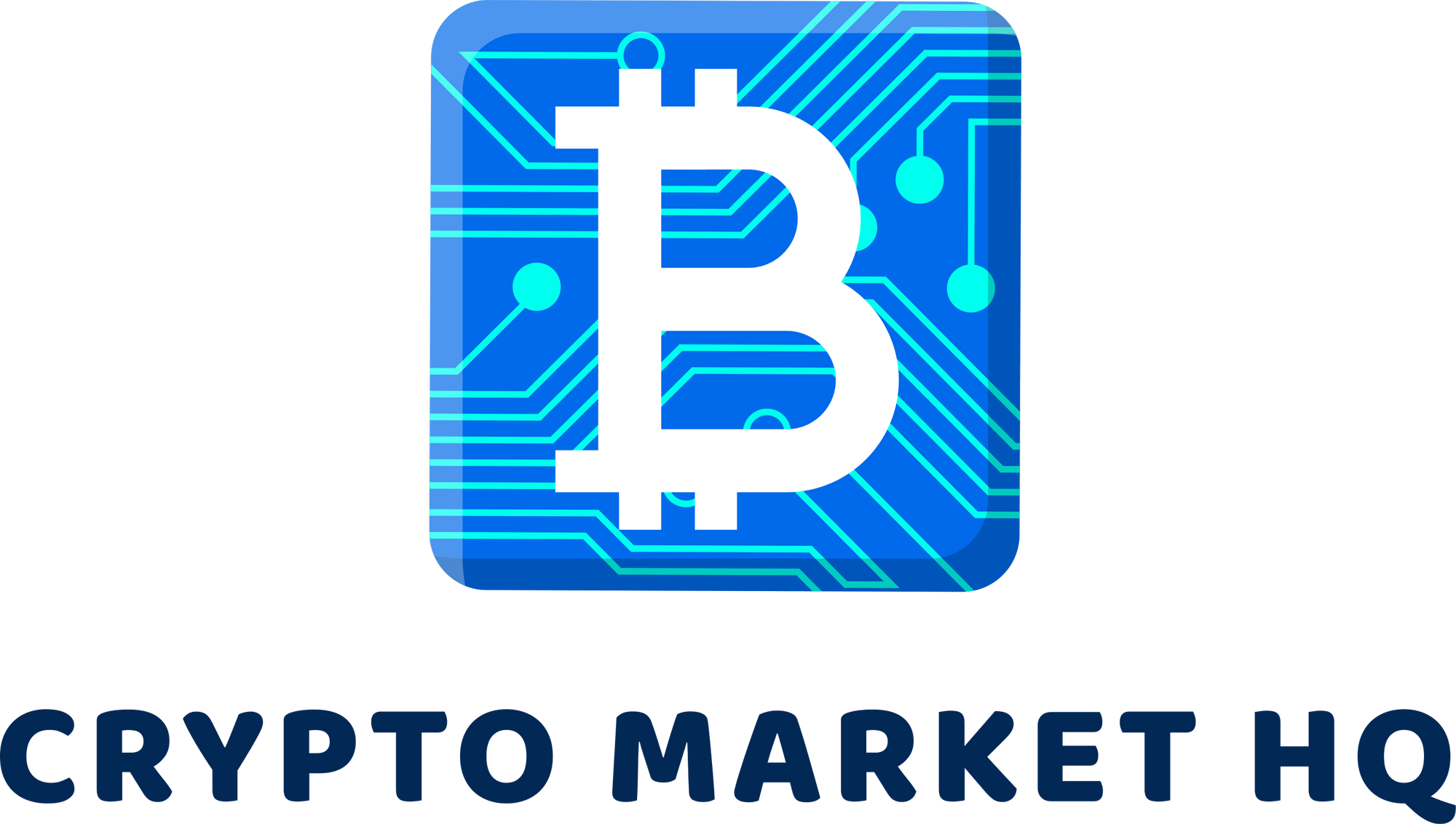

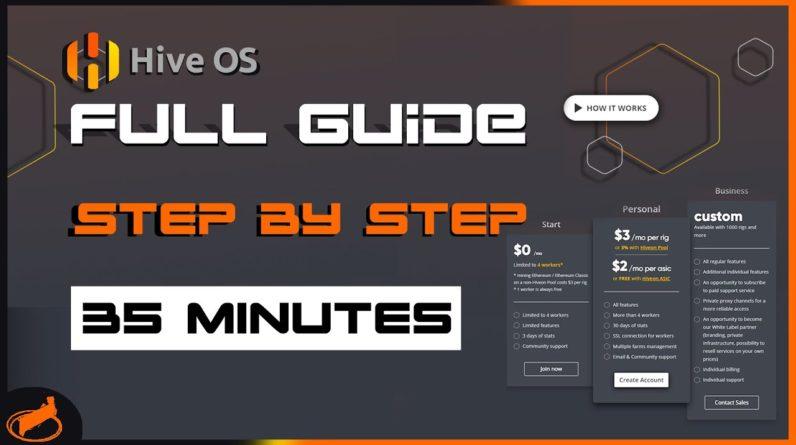
![[8GPU Mining Case] 8 X 3060 GPUS with two CPU, ETH Mining Rig Case 3060 Best Mining Motherboard X79 5 rootF IMG 626ad36770423](https://cryptomarkethq.com/wp-content/uploads/2022/04/rootF_IMG_626ad36770423.jpg)
